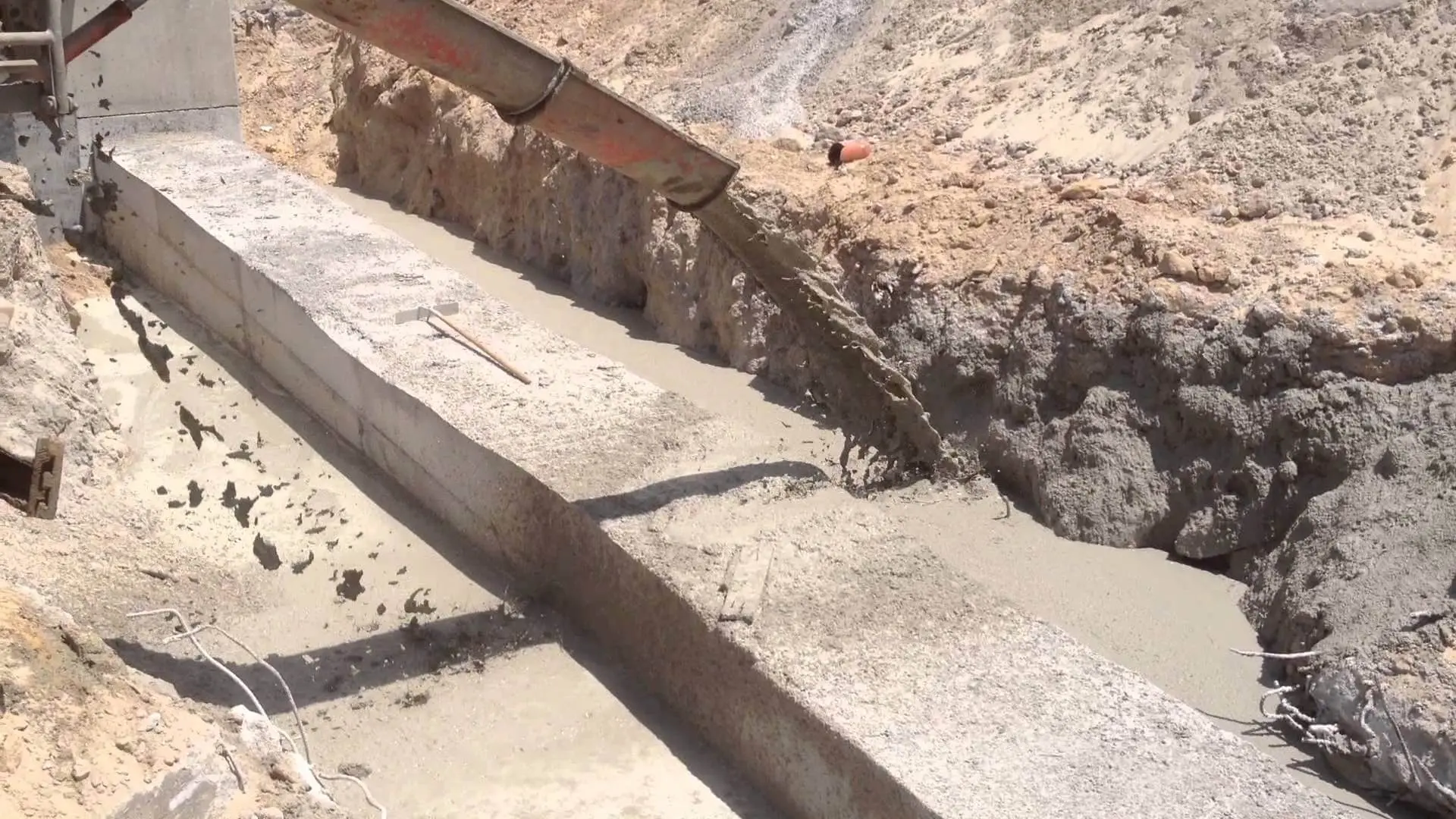What is Backfilling?
In construction, backfill replaces soil that is removed during building construction, and it is used to strengthen and support a structure’s foundation. The backfills are of different types which are used according to the requirement.
Different Types of Backfilling Material
1. Course Grained Soil
Coarse-grained soils include gravelly and sandy soils and range from clayey sands (SC) through the well-graded gravels of gravel-sand mixtures (GW) with little or no fines.
2. Fine Graded of Soils of Low to Medium Plasticity
In organic clays (CL) of low to medium plasticity (gravelly, sandy, or silty clays and lean clays) and inorganic silts and very fine sands (ML) of low plasticity (silty or clayey fine sands and clayey silts) are included in this category.

3. Commercial By-Products
The use of commercial by-products, such as furnace slag or fly ash as backfill material, may be advantageous where such products are locally available and where suitable natural materials cannot be found.
Fly ash has been used as a lightweight backfill behind a 25-foot-high wall and as an additive to highly plastic clay. The suitability of these materials will depend upon the desirable characteristics of the backfill and the engineering characteristics of the products.
4. CLSM
CLSM is a self-compacting, flowable, low-strength cementitious material used primarily as backfill, void fill and utility bedding as an alternative to compacted fill.
Conventional CLSM mixtures usually consist of water, Portland cement, fly ash or other similar products, fine or coarse aggregates or both. Fly ash obtained from thermal power plant was used.

Step to Step Procedure for Filling
- Before you begin the backfill process, you have to be sure that the foundation cures for at least five to seven days. There are even instances when cracks may occur when you back fill too soon.
- Determine the types of material you will use for foundation back fill. A mixture of various materials such as rocks, soil and stone are commonly used. Some soil can retain too much moisture that is not good for your foundation.
- The best thing to do is to back fill the entire section surrounding the foundation of your home. Use a backhoe to dig and compress the earth and stone in order to clear the area for building a structure.
- Start the back fill immediately after the installation of the building utilities including the drainage system, insulation and waterproof structures. It would be best to use rough and abrasive type of soil for your back fill because these materials drain better than others do. Begin backfilling at the corners and be sure that the distribution of the soil is even so as to provide ample lateral support for the walls of your home.
- Use an excavator to fill in twelve inches of mixed materials on the sides of the area. After which, compress the soil and stone using the rolling compactor. You must repeat the same back fill procedure until the entire area is completely filled.





